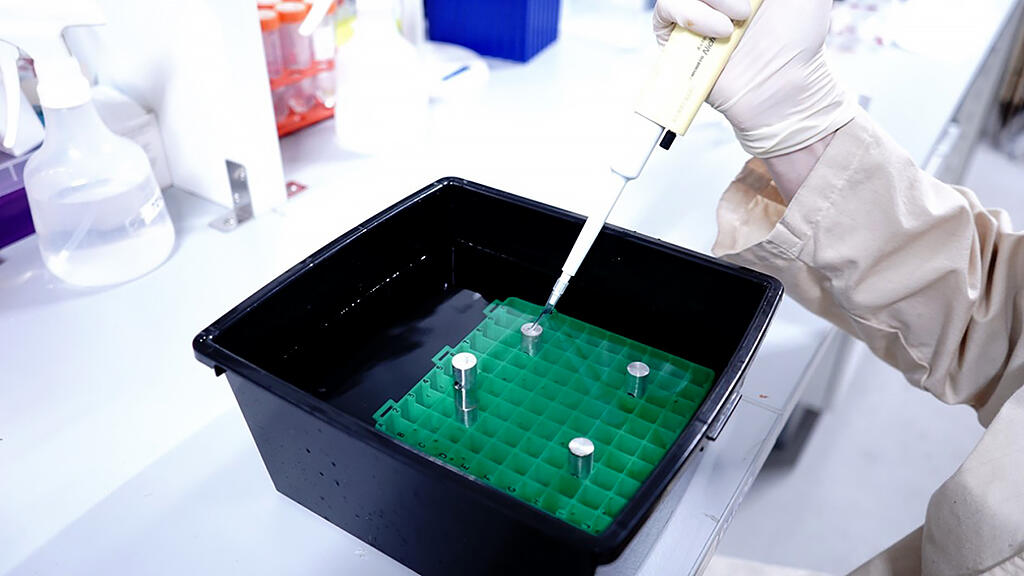A group led by Associate Professor Hirotaka Ejima of the School of Engineering, the University of Tokyo, has successfully developed an ultra-high strength underwater adhesive, exceeding adhesive strength of 10MPa even under water, taking inspiration from the adhesive structures of marine organisms.

Provided by The University of Tokyo
The strength of common adhesives is greatly reduced when placed under water. This is mainly because the hydration layer on the adhered surface impedes the interaction between substrates and adhesives. In spite of this issue, the Mediterranean mussel has no trouble at all achieving this difficult underwater adhesion.
To date, marine biologists have searched for adhesion-causing proteins, and have identified a protein family containing a large amount of DOPA. DOPA, also known as L-3, 4-dihydroxyphenylalanine, is found abundantly among the adhesive proteins in mussels. It has two hydroxyl groups on the benzene ring. To date, biomimetic underwater adhesive strengths have been studied by inserting two and three hydroxyl groups in a polystyrene structure.
Molecular dynamic simulations have suggested that the more phenolic hydroxyl groups there are, the more adsorption on the substrate surface. Meanwhile, as the number of phenolic hydroxyl groups increases, the polymer chain becomes more hydrophilic. Because underwater adhesive strength declines significantly due to swelling or dissolving in water, it is important for underwater adhesives to be hydrophobic. According to Associate Professor Ejima, "For the materials design for the underwater adhesive, we were faced with two contradictory requirements. One was to introduce as many phenolic hydroxyl groups as possible, while the other was to maintain the hydrophobic nature of the polymer."
Accordingly, the research group succeeded in synthesizing a polymer with more phenolic hydroxyl groups (4 and 5) for the first time, achieving an underwater adhesion of over 10MPa. This adhesiveness is the equivalent of only a centimeter of adhesive area lifting a weight of approximately 100kg.
Associate Professor Ejima adds, "Because the adhesive we developed exhibits powerful adhesion even in wet conditions, we are considering using the technology to develop a surgical adhesive."
This article has been translated by JST with permission from The Science News Ltd.(https://sci-news.co.jp/). Unauthorized reproduction of the article and photographs is prohibited.




